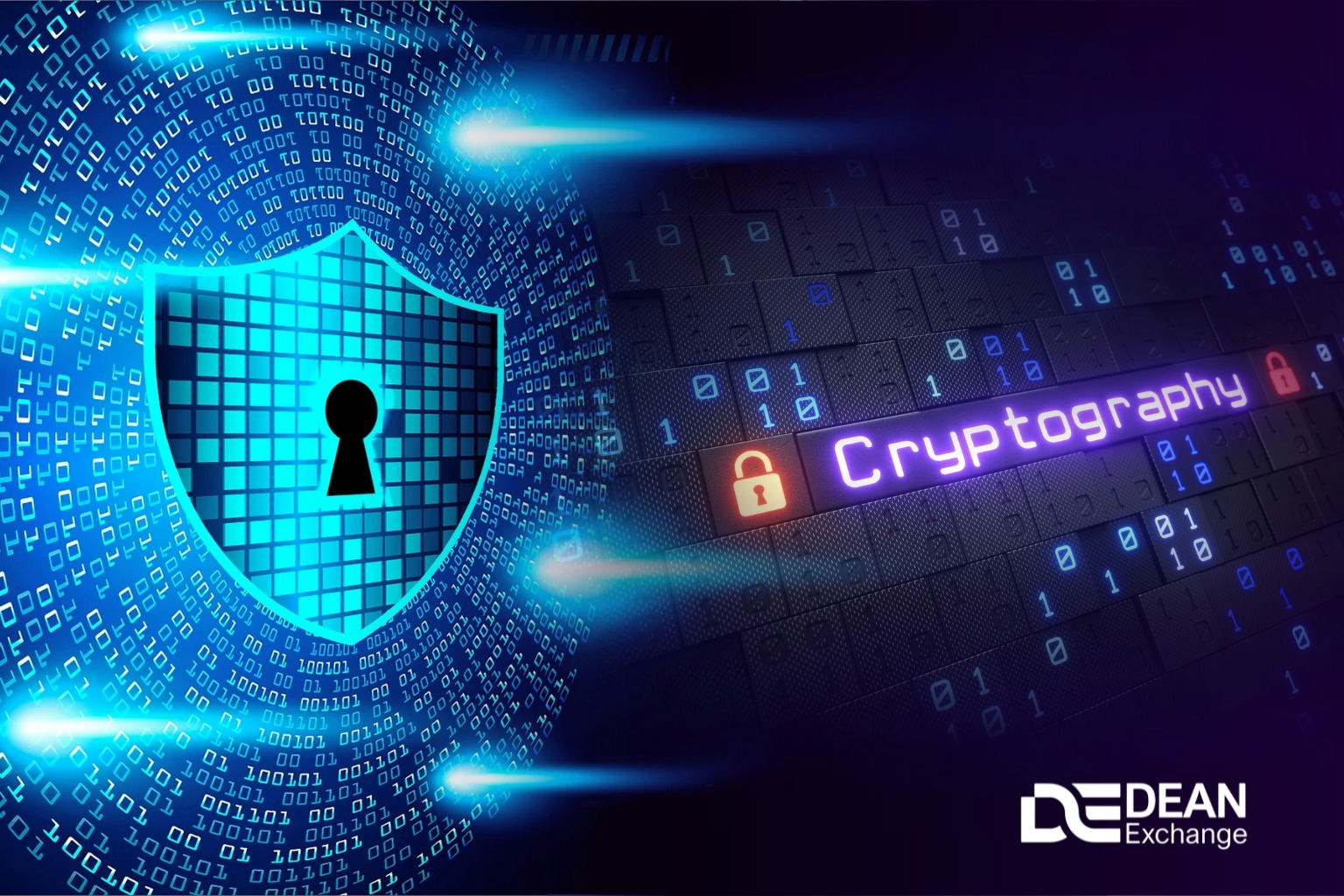By the
This is some text inside of a div block.
This is some text inside of a div block.
•
5
min read

Cryptocurrency wouldn’t exist without cryptography. While the world is abuzz with terms like Bitcoin, Ethereum, and NFTs, the foundational technology that secures these assets often goes unappreciated. For beginners stepping into the crypto space, understanding cryptography is essential. It’s what protects your wallet, validates your transactions, and keeps the blockchain tamper-proof.
In this beginner’s guide, we’ll break down the role of cryptography in cryptocurrency. You’ll learn how it works, the tools it uses, and why it matters.
What Is Cryptography? At its core, cryptography is the science of encrypting and decrypting information to ensure privacy, integrity, and authentication. Historically used in military communication, cryptography now powers everything from online banking to email security—and, of course, cryptocurrencies.
Modern cryptography includes techniques like:
Why Cryptography Is Essential in Cryptocurrency In decentralized networks, there is no bank or authority to guarantee that transactions are valid. That’s where cryptography steps in. It allows users to:
Without cryptography, blockchain would be just another database.
Public and Private Keys: The Foundation of Wallet Security When you create a cryptocurrency wallet, you receive two keys:
These keys are mathematically linked through asymmetric encryption. You can share your public key with anyone, but your private key must be kept secure—anyone who has it can control your funds.
Real-world analogy: Your public key is like your email address, and your private key is like your email password.
Hashing Functions: Securing the Blockchain Hashing is used to secure blocks on the blockchain. A hash is a fixed-length string generated from data, which:
In Bitcoin, for example, SHA-256 is used to hash block data. If anyone tampers with a block, its hash changes—breaking the chain.
Why it matters: Hashing ensures immutability. Once a block is created, it’s locked in history.
Digital Signatures: Authenticating Transactions Digital signatures are a cryptographic method for proving ownership and approving actions. When you send cryptocurrency:
This system guarantees that only the rightful owner of the private key can initiate transactions from their wallet.
Real-World Examples in Crypto
Each project may choose different cryptographic algorithms, but all aim to ensure security, authenticity, and transparency.
How Cryptography Enables Trust in Blockchain In traditional finance, trust comes from intermediaries like banks. In cryptocurrency, trust is built into the code:
This system removes the need for middlemen and empowers peer-to-peer interaction.
Dean Exchange: Learn the Tech Behind the Coins If you’re curious about how cryptography works behind the scenes, Dean Exchange makes it easy to learn.
Our Blockchain 101 course covers:
For more advanced learners, our Blockchain with AI course dives into how cryptography enables secure machine-to-machine interactions in decentralized networks.
We also offer live sessions where you can set up wallets, test transactions, and ask real-time questions to blockchain experts.
Cryptography isn’t just a buzzword in crypto—it’s the foundation. From protecting your digital wallet to validating global transactions, cryptographic techniques are what make cryptocurrency trustworthy and secure.
If you want to build confidence in managing crypto or dive deeper into blockchain architecture, start with cryptography. And start with Dean Exchange.
Your Web3 journey begins with understanding the code behind the coin.


Join our newsletter for exclusive insights, breaking crypto trends, and learning opportunities—delivered straight to your inbox.